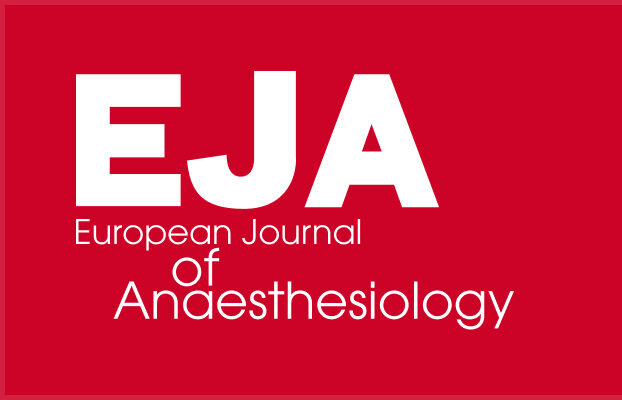Anaesthetic Crisis Manual
The ESAIC Patient Safety and Quality Committee, in collaboration with Leeuwin Press have arranged for all attendees to Euroanaesthesia 2024 to receive a complimentary download of one of the following eBooks:
- The Anaesthetic Crisis Manual eBook (ACM)
- The Resuscitation Crisis Manual eBook (RCM)
- The Perfusion Crisis Manual eBook (PCM)
- The Wilderness Crisis Manual eBook (WCM)

The Anaesthetic Crisis Manual
A practical quick-reference e-manual in Aviation Checklist format, giving step-by-step instructions for the management of the most common anaesthetic crises encountered in the operating room.
32 crisis management protocols cover the major scenarios requiring immediate therapeutic intervention to prevent a catastrophic outcome. These include life-threatening cardiac, circulatory, airway, respiratory, metabolic and drug-induced events.
A crisis prevention section includes diagnostic pathways and checklists for adverse parameter changes as well as a 15-point machine check.
Colour-coding, bulleted and numbered lists enhance memory recall in a stressful situation. The interactive features enable quick and easy navigation in the midst of a crisis.
Portable and easily accessible, it provides cognitive support in the midst of an operating room crisis, as well as providing essential material for simulation training, teaching and crisis management rehearsal.
A must for every anesthesiologist, CRNA, trainee and operating room.
The Resuscitation Crisis Manual
A collection of the initial critical actions required to temporize life-threatening crises in crashing patients.
Based on the cockpit QRH (quick reference handbook) used in the airline industry, and using crew resource management principles developed for aviation safety, the RCM brings tried and tested checklist guidance to the field of Patient Safety.
Each protocol has been written by an expert in the field, reassuring the clinician that content is both reliable and current.
Divided into two sections, The RCM consists of Crisis Management Protocols, each providing directives to complete when the diagnosis is known, and a second section outlining Crisis Procedures as well as Procedural Checklists. It provides clear, concise instruction for use by any health professional leading or assisting in crisis management.
A collaboration by Scott Weingart, critical care clinician and internationally renowned medical podcaster (EMcrit) with David Borshoff, anaesthesiologist and author of the popular Anaesthetic Crisis Manual (The ACM), The Resuscitation Crisis Manual will provide excellent support to all involved in resuscitation.
The Perfusion Crisis Manual
A collection of cognitive aids presented in aviation format containing boldface actions to assist the perfusionist in crisis management.
Like The Anaesthetic Crisis Manual (The ACM) and The Resuscitation Manual (The RCM) before it, The PCM consists of emergency protocols as well as procedure checklists to facilitate rapid management of perfusion-related crises.
With over 60 years of combined cardiac anaesthesia experience, Paul Sadleir, Stephen Same and David Borshoff have collaborated with expert working perfusionists to create a valuable and potentially lifesaving resource for all who work in Cardiopulmonary Bypass (CPB) and Extracorporeal Membrane Oxygenation (ECMO).
Colour-coding, bulleted and numbered lists enhance memory recall in a stressful situation. The interactive features enable quick and easy navigation in the midst of a crisis.
Portable and easily accessible, it provides cognitive support in the midst of an operating room crisis, as well as providing essential material for simulation training, teaching and crisis management rehearsal.
A valuable resource for all those involved in cardiopulmonary bypass and ECMO.






